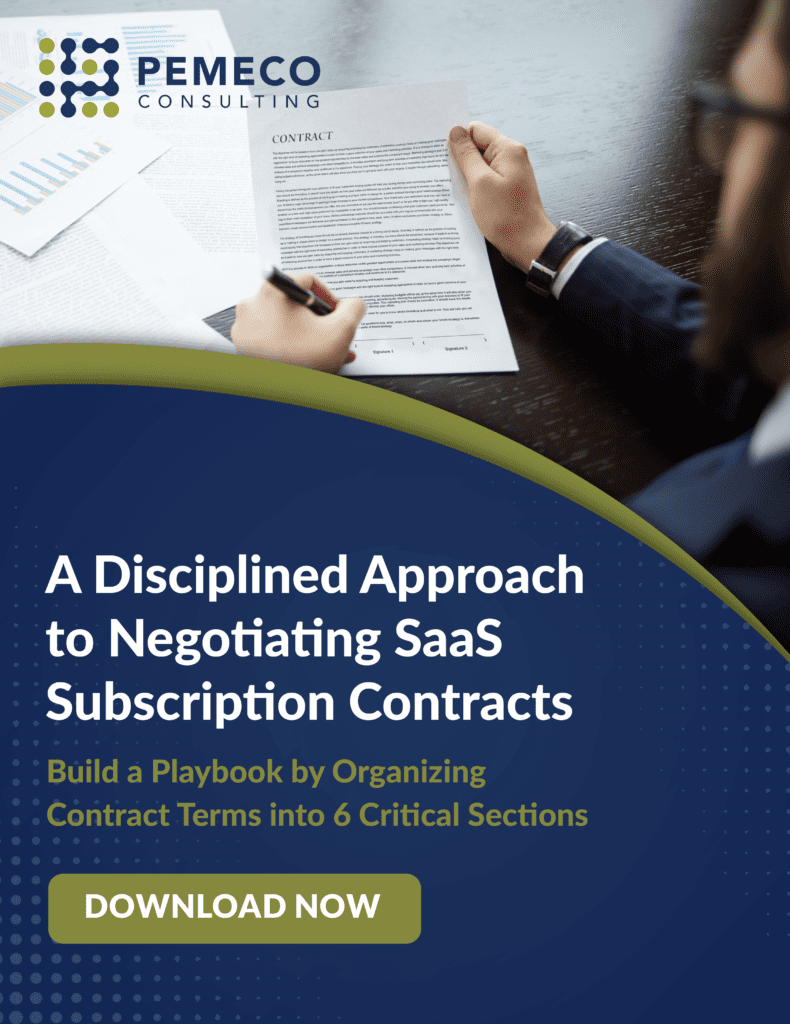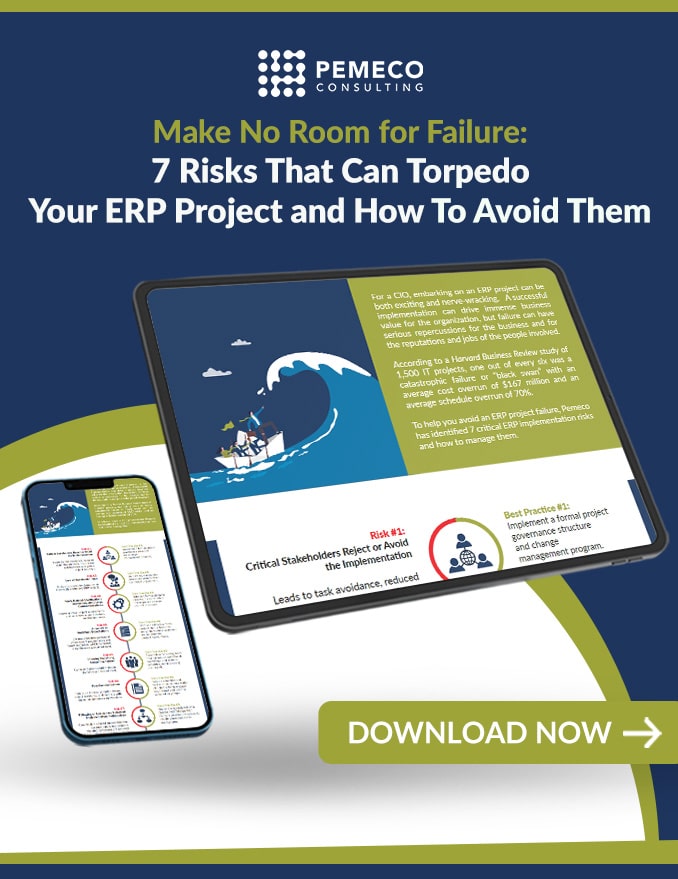At one point, your ERP was the perfect fit. It streamlined operations, automated workflows, and provided the insights needed to run your business efficiently. But as your company grew, things started to feel different. Processes that once flowed seamlessly now require manual workarounds, data is scattered across spreadsheets, and decision-making feels slower than it should.
Many companies in transition face this same challenge. As your business expands into new markets, adds new service offerings, or restructures operations, your ERP should evolve with it. But when it doesn’t, inefficiencies creep in, making it harder to scale and keep up with demand.
So, how can you determine if your ERP is still the right fit? What signs indicate it is time for a change? And how can you evaluate solutions that will support both immediate and long-term needs?
To answer these questions, we asked our Managing Director, Jonathan Gross, to share his insights.
Frequently Asked Questions:
How can companies determine if their organization is in transition?
Organizations in transition are those undergoing fundamental changes to their business. For example, a distribution company might expand into manufacturing, or a manufacturer might begin offering after-sales services like selling spare parts and providing field services. In other cases, a company may be expanding globally.
When your business undergoes these changes, you might find that the systems and processes that worked in the past no longer meet your needs. A system built for past processes can slow operations, increase manual work, or fail to support new growth strategies. While some systems can be adapted, others need to be significantly overhauled or even replaced. It is hard enough making these changes in stable times. It becomes much harder when the business is in flux.
What are the signs that it’s time for a new ERP system?
ERP systems serve two primary functions: balancing supply to meet business demand and providing finance and accounting modules that are deeply integrated into the operational modules. If your organization is in transition and manual workarounds are overwhelming operations, it is a strong sign that your ERP no longer meets your needs.
Key indicators include:
- Key business process activities take place outside your system
- Data is manually transferred between systems or managed in spreadsheets
- Resource planning and scheduling are done manually or in a way that’s disconnected from the main systems that manage supply and demand
- Inventory and supply chain processes require extensive manual intervention
- There are excessive manual journal entries
- Revenue recognition is manual or lacks systematic controls
- Producing financial statements is cumbersome
- Decision-making is hindered by poor analytics or reliance on gut instinct
Upgrading or replacing your system can help ensure scalability, efficiency, and long-term success. Once a company determines that its ERP is no longer a fit, the next challenge is selecting a system that will effectively support its evolving needs. This requires careful evaluation across multiple factors beyond just functionality.
What factors should companies in transition consider when choosing a new ERP?
Companies in transition need an ERP system that not only meets their current operational requirements as well as their long-term strategic needs. The right system should scale with growth, support new business models, and adapt to changing industry requirements. To ensure long-term success, organizations should evaluate ERP solutions based on the following key factors:
- Functionality – The system must support critical business process needs, such as sales orders, invoicing, and production, while seamlessly integrating data and transactions across departments. A well-structured ERP should also offer flexibility to accommodate new and optimized processes as the business scales.
- Software development roadmap – An ERP that meets today’s needs may become obsolete if the vendor lacks a strong vision for future enhancements. Companies should assess whether the provider is actively investing in innovation and whether planned updates align with their long-term business goals.
- Vendor viability – An ERP provider with financial strength and stability, along with a clear long-term strategy will continue enhancing the software, offer reliable support, and act as a strategic technology partner. Vendor and software viability become even more important when the software is delivered as a service.
While these three dimensions are critical, they are not the only factors that should guide a company’s ERP selection. Pemeco’s 8 Dimensions of Vendor Fit provides companies with the tools to systematically evaluate ERP solutions across eight key categories: functionality, technology, vendor viability, software development roadmap, user experience, total cost of ownership, supportability, and implementation. Assessing all these factors together is especially important for companies undergoing significant change, as it helps them choose an ERP that can adapt to evolving business needs.
How can companies better evaluate their ERP system during a transition?
Using Pemeco’s 8 Dimensions of Vendor Fit, companies can apply a structured approach to evaluating ERP systems against their short-, mid-, and long-term business needs.
Here’s what to evaluate:
- Short-term: The system should meet core business processing and data needs. It must have a strong user experience and customer support model to efficiently drive adoption and resolve issues.
- Medium-term: The system should have automation, integration, and functional capabilities to support last-mile business processing and optimization needs. It should also meet scalability and expansion requirements, including support for growth into new geographies and markets.
- Long-term: In addition to the above, the system should have a strong innovation roadmap that covers both functional and technical advancements (think AI, Industry 4.0, and other emerging tech). Perhaps most critically, businesses will want to satisfy themselves that vendor will be viable for the long-term – that there are minimal credit risk, solvency, and liquidity risks.
By taking a structured, forward-looking approach to ERP selection, companies can minimize risk and ensure they invest in a system that adapts to their business.
To support this process, Pemeco’s Ultimate ERP Selection Guide provides checklists, scorecards, and templates to help you evaluate solutions and make informed decisions for long-term success.
Future-Proof Your ERP as Your Organization Transitions
If your business is in transition and preparing for an ERP project, we encourage you to seek expert advice. Choosing an ERP is a major investment and getting it right can set your evolving business up for success for decades. The right system will not only support your current operations but also help you scale, adapt to new business models, and provide long-term stability.
At Pemeco, we’ve helped more than 1,000 companies select, implement, and optimize ERP systems. With experience evaluating and implementing more than 140 ERP solutions, we understand what works and what does not, especially for organizations navigating transitions.
If you’re looking for guidance, schedule a consultation with us. We’d be happy to help you align your ERP strategy with your business goals so that you can transition and grow with confidence.



